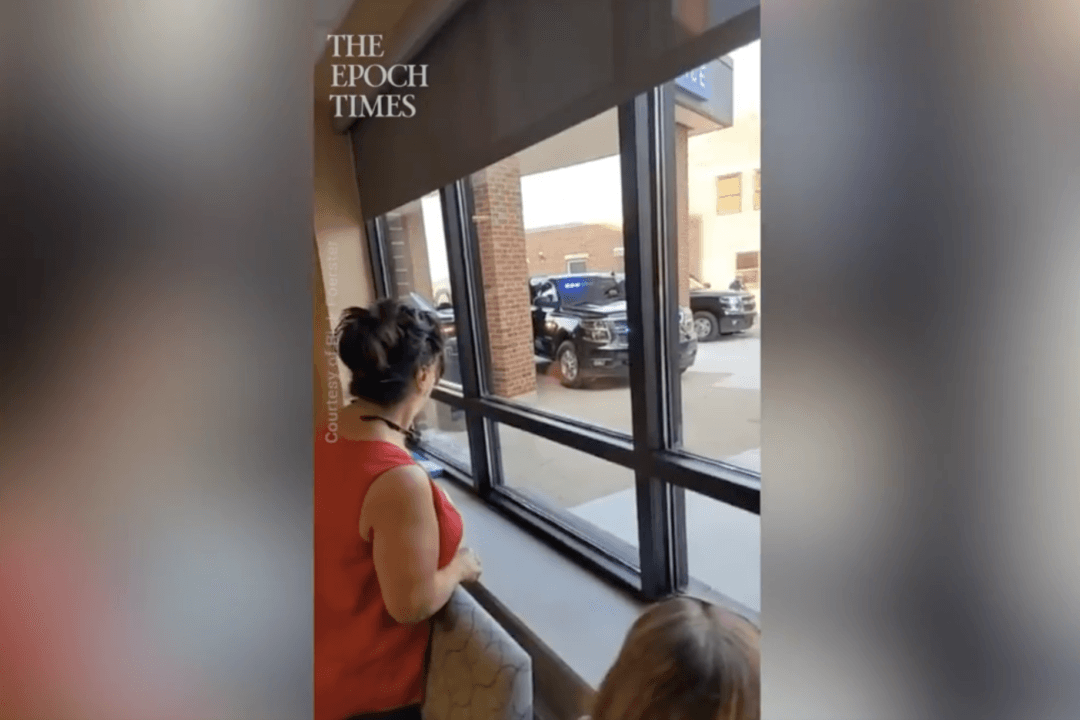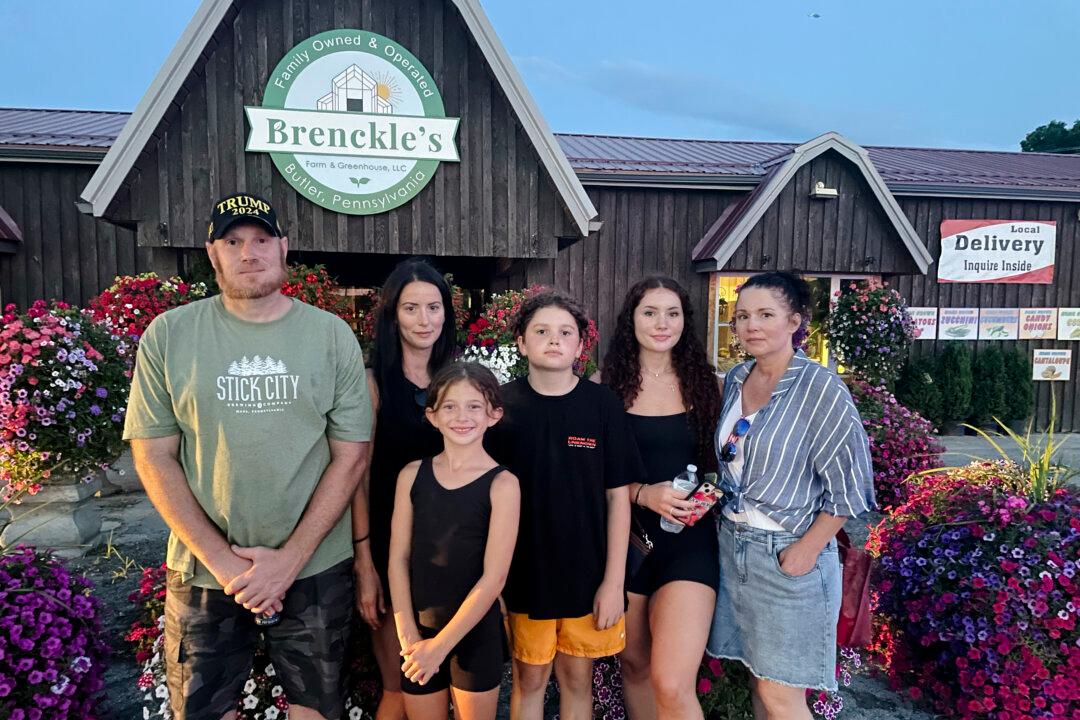When Pamela Bigelow, a lifelong resident of Duncan, Arizona, goes to the bank, she must make a day of it.
Duncan, population 677, lost its last bank branch about six years ago. Now, when Duncan residents need cash, a cashier’s check, or to get a loan, they must travel 40 miles to the copper mining town of Morenci, Arizona, where there is one bank, or 40 miles in a different direction to Safford, Arizona, where there are several banks.
The branch closure rate doubled during the pandemic. Banks have closed more than 4,000 branches since March 2020. This doubled the rate of closures from 99 per month during the 10 years before the pandemic to 201 closings per month.
Now, many towns have become “bank deserts,” where the nearest bank is out of town and more than 10 miles away.
“When bank branches close, there are several adverse effects on the surrounding community,” the coalition’s report reads. “Small business lending and activity in the area declines. More people use alternative financial services that may make them susceptible to unregulated and predatory financial practices. An important commercial tenant and employer are lost.
“While consumers have embraced mobile and internet banking to one degree or another ... branches matter to them as well, and without branches nearby, they are more likely to be un- or under-banked. Alternative financial providers—unregulated actors such as payday lenders, auto loan title lenders, or check cashing locations that charge exorbitant fees for financial services—often take their place.”
Making Change

Ms. Bigelow, 54, works in the town office, where she often takes payments for Duncan’s town services.
“You try to make sure you’ve got enough [cash] in the drawer to make change. And then sometimes, if you’ve got weeks where a lot of payments are being made in cash, we run up against the issues of having enough change, or being able to get change,” Ms. Bigelow told The Epoch Times.
She can’t go to another business and ask them to swap out some fives for some twenties.
“All the businesses in this area aren’t going to relinquish their change, because they’re in the same boat.”
She said the town has one or maybe two cash machines, and they charge fees. She rarely carries cash anymore and doesn’t use the cash machines. She makes a weekly 45-minute drive to the neighboring towns to do Duncan’s town banking. Businesses and small government operations need to make deposits in person when they take in cash. She plans ahead so she can make it until her next bank run.
“You’ve got to figure out how to work things around because it’s a long drive just to go get change,” Ms. Bigelow said.
Cashing paychecks was a problem for some residents until recently, when automatic deposit was put in place, she said. Before that, workers had to drive out of town to cash their checks. The more tech-savvy workers used a bank app on their phones to electronically deposit their checks, but some older folks haven’t adapted to that, and others don’t have a smartphone.
Empty Vaults

Stately bank buildings—some historic, others sleek and modern—anchor downtowns. Satellite branches and drive-thru banks were once everywhere, and they all had tellers and loan officers.
Privately owned hometown banks used to dot America’s landscape. The local county savings and loan helped home and auto buyers make major purchases, helped farmers get equipment, and helped other businesses get started and later provided loans for expansion. The bank president may have gone to the same church as the bank’s customers and often donated to charities such as the high school booster club.
In 1994, the Riegle-Neal Interstate Banking and Branching Efficiency Act allowed banks to open branches across state lines. This led to consolidations of commercial banks, but for a while, as bank brands consolidated, branches continued to expand, reaching a peak of 85,834 branch locations in 2009 for just 6,829 total commercial banks in the country that same year.
Ornate Bank Building Sits Empty
Built in 1920, the former PNC Bank in Glenside, Pennsylvania, is on the market for $1.8 million.Inside the vault is a room of now empty safe deposit boxes. Not all branches have safe deposit boxes, so it’s getting tougher to find a place to securely stow valuables and documents.
“When I got this listing, I started talking to people just standing around on the street, and I can’t tell you how many of them were really saddened by the fact that the bank had closed, and had been banking with them for years,” Tammy Harrison, a Realtor and associate broker at COMPASS RE, told The Epoch Times. “It is the character of America. Buildings like this that were built in the early 1900s are iconic, and they represent the melting pot that America is. They represent people who came here with all sorts of artisan skills and crafts.”
Immigrant craftsmen pulled design knowledge from their homelands, she said, adding that the Irish and Italians brought beautiful stonemasonry skills and architectural talents.
Downtown Development
In the days when banks kept much more money on hand, this bank used four counting rooms to keep track of the cash. Instead of counting every dime, they weighed them, Ms. Harrison said.The old money scales are still in the counting rooms.
“A lot of developers are looking for these types of buildings to be able to repurpose them as apartments or condos,” Ms. Harrison said. She has asked neighbors what they would like to see there, and received a variety of suggestions including a bookstore, an organic food market, a children’s climbing gym because of the high ceilings, and a brewpub.
Although Main Street banks are closing all across the country, Ms. Harrison said downtowns aren’t going away.
“All the millennials want to walk somewhere to be able to get coffee. They want to be able to go to a restaurant. They like to walk to the train,” she said.
“I don’t think downtowns in and of themselves are going away. If anything, people are gravitating to be able to live closer to them and are willing to pay much higher prices to do so. I think that when you have buildings like this, and they sit vacant for a while, it’s disheartening to the citizenry, because they just wonder why other people don’t see the same value in it that they do. People call me every week and say, ‘What’s going on with the bank?’”





